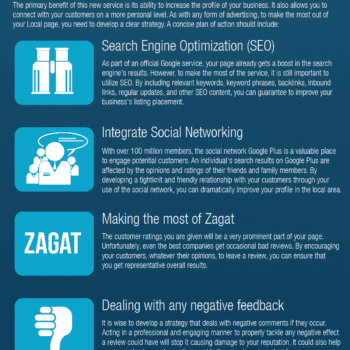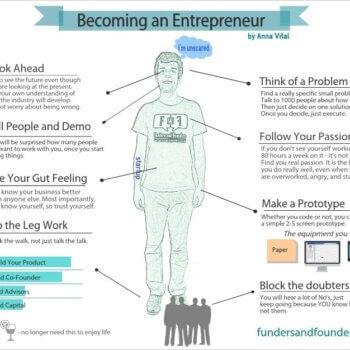Entrepreneurs should consider bringing some classical wisdom to the process of selling their new ideas. That’s because the ancient Greeks have something to say about the arguments entrepreneurs use to win over potential customers and investors, says Clay Spinuzzi, professor of rhetoric and writing at The University of Texas at Austin. “We’ve had the tools for talking about this sort of persuasion for thousands of years, going back to Aristotle,” explains Spinuzzi. whose research has included the study of making and honing business pitches.
He urges innovators to make the shift from seeing their value proposition as a statement — which summarizes why a consumer should pay for a product or service —to seeing it as a claim. In the classical rhetorical sense, a claim isn’t a fact, but rather something considered probably true. By using this to reframe the value proposition, it becomes more fluid, allowing it to change as fresh evidence is gathered, Spinuzzi says. “Entrepreneurs constantly have to sample the environment and adjust arguments — or even pivot — based on feedback,” he says. That can lead to improvements. Most entrepreneurs’ value propositions “will be honed many times,” says Gary Cadenhead, director of the university’s Master of Science in Technology Commercialization (MSTC) program. “If it’s not working, it means you’re not doing something right. You absolutely need to refine it and get clearer on what your proposition is.” So how can entrepreneurs sharpen their tools of persuasion?
Spinuzzi offers four tips for applying entrepreneurial thinking to their arguments:
Consider your audience.
Start by identifying and understanding the audience you want to reach, such as customers or distributors. In an example from Spinuzzi’s research, a firm developed software to eliminate mid-range ambient noise, which they thought would reduce manufacturing costs for mobile phone companies that use two microphones to reduce background noise. “But when they talked to a phone manufacturer, they found no interest,” Spinuzzi says. “The extra microphone was a small cost and was built into the manufacturer’s designs for the next five years.” Instead, they shifted gears and wound up selling their software to a company in an entirely different industry that also deals with ambient noise issues: a fast-food drive-through chain.
Connect with your audience.
Engage that audience to better understand their wants, needs, and expectations. Contact specialists for interviews who have expertise in potential markets. They can answer targeted questions about business plans and react to the plan’s technology descriptions and proposed applications.
Get feedback.
Set up feedback loops to improve the arguments related to your idea, such as using market reports to improve your pitch. “Think of any point at which the innovator has contact with a potential customer or other stakeholder in the market,” Spinuzzi says, such as technology assessment and commercialization reports, the Q&A during pitches, and other market data.
Make changes.
Pivot the argument by changing it reasonably (qualifying it, conceding problems, even changing your premises) when you get new information. Refusing to pivot can lead to failure. In another of Spinuzzi’s studies, a firm looking to introduce an appliance that heats baby formula failed to find a partner because it insisted on describing the machine as a “baby formula cappuccino maker” instead of as a product that offers parents peace of mind by heating formula to exactly the right temperature. Be open to reassessing what qualities will appeal to your target market and adjust accordingly.
Throughout the process, it can help to put those arguments on paper: At first, entrepreneurs may write for themselves, in order to craft and test their argument and clarify each of its pieces. Later in the process, they may write to potential customers to refine ideas about customer segments and value propositions. Eventually, entrepreneurs may draft pitches aimed at stakeholders, such as investors and partners. Cadenhead of the MSTC Program points to part of a well-crafted elevator pitch used by Phil Speros, MBA ’01, president of Halsa Pharmaceuticals: “Halsa owns the intellectual property to a natural biologic in all of us that, when injected daily into genetically fat mice, results in a 20 to 40 percent loss of body fat,” Cadenhead explains. “Just that one sentence blows people’s mind — they want to know more, they want to be a part of it, they want to market it. It really captures their excitement,” he says.
The venerable business plan is another prime example. “It’s a document intended to persuade investors to give the entrepreneur money, so it has to be well written,” says Cadenhead. “People with money get propositioned all the time. If they see a document that’s not well-written, they’re not going to waste their time on it.” Just imagine Aristotle’s reaction to hearing his techniques applied by modern-day entrepreneurs. “I think he would be surprised and gratified,” Spinuzzi says. “Aristotle was tremendously inventive and curious, and I imagine he would be fascinated by how people persuade stakeholders to join their ventures.”
This article was written by Jeremy Simon, a writer for Texas Enterprise. see more.





























